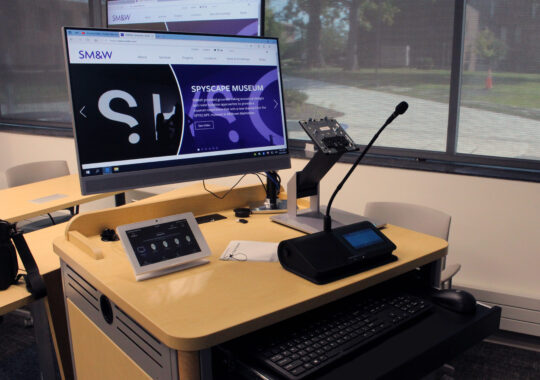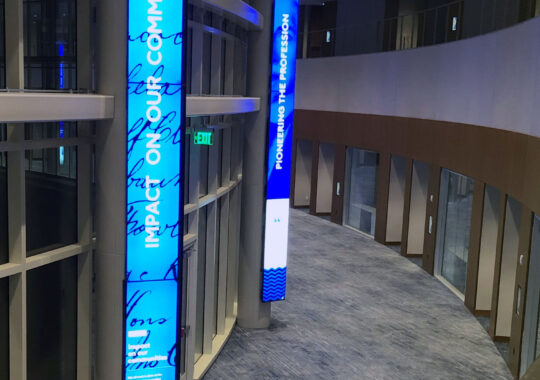Rethinking Collaboration: Integrating Wireless Sharing within your Team
- Jun 18, 2021

SM&W held a live webinar on June 16, 2021 to provide a non-biased platform for attendees to learn about wireless sharing considerations from some of the leading wireless sharing manufacturers.
Coupled with technology trends leading up to 2020, the advent of so many employees working from home has caused the clear need for us to rethink how we collaborate as we migrate back into our offices. SM&W was joined by some of the leading wireless sharing manufacturers to educate attendees of our ‘Rethinking Collaboration: Integrating Wireless Sharing within your Team’ webinar to discuss considerations that we should account for as we integrate wireless sharing within our teams.
The greatest consensus of our discussion panel is that wireless sharing is undoubtedly the way of the future, with the overarching theme that ease of use is absolutely necessary to ensure true adoption by stakeholders; be they students, professors, employees, or visitors.
So many people have been working from home for the last year(+) and were forced to become familiar with sharing through platforms like Zoom and Teams, which begs the question: why not continue to share everything on the personal platforms we are familiar with, even as we return to the office? The short answer is that these platforms are not designed to collaborate around content. This means that they can be just plain cumbersome – with clumsy handoffs between presenters and audio issues from confusion of which device to use detracting from true collaboration. Whereas, the right wireless sharing solution can use BYOD (Bring Your Own Device) or BYOM (Bring Your Own Meeting) technology to allow users to drive the meeting with a familiar device more seamlessly.
Of course, the important thing is finding the right wireless sharing solution. One important consideration is the flexibility of the system to accommodate all of your user needs. For example, in corporate settings there may be more oversight in the type of devices that employees use, but in educational settings there is no control over the devices that students and staff have, requiring the flexibility to interface with a variety of devices. It is also important to understand how the system will work within your network, how secure it is and manufacturer incident policies, as well as how effectively you will be able to manage the system once it is implemented. This means that getting your IT professionals involved early on is key, as is fully understanding the cost of ownership for management and updates going forward. We all know that new functionality is coming online every day!
The same system can also be templatized by space type, like a conference room vs. a huddle space, so that the system is familiar to users but appropriate for multiple use cases. This can aid in adoption of the system, along with splash pages with clear directions and best practices. When the time comes to adjust the system, analytics derived from wireless usage are a valuable key to understanding utilization and adapting to users’ natural patterns of use.
This is just a brief overview of the considerations to keep in mind for thoughtful decision-making as you look to integrate wireless sharing in your team environments. For more details and a deeper dive into considerations for integrating wireless sharing in your team, watch the full video of our webinar. You can also access a side-by-side comparison of the products our panelists offer to help you understand the important features.


























